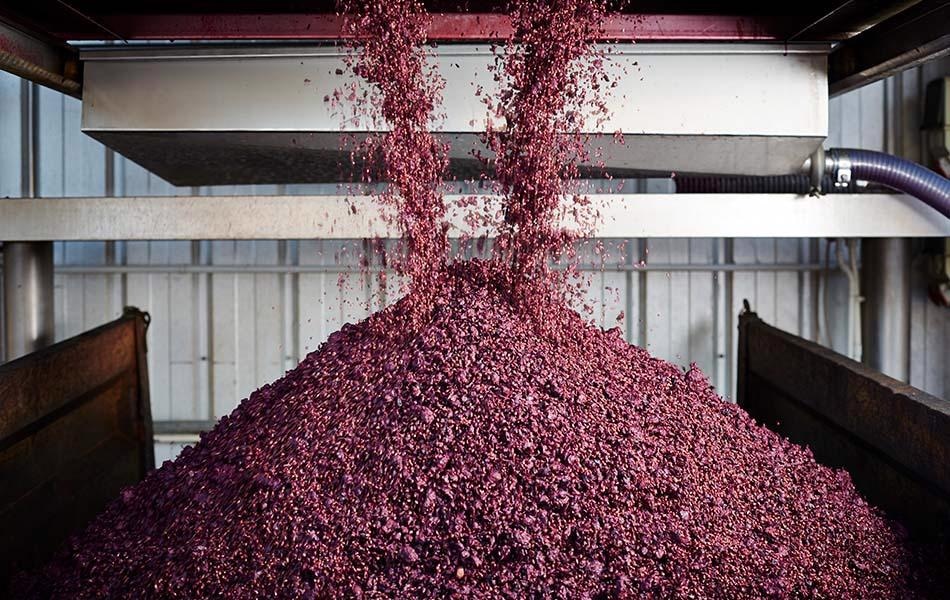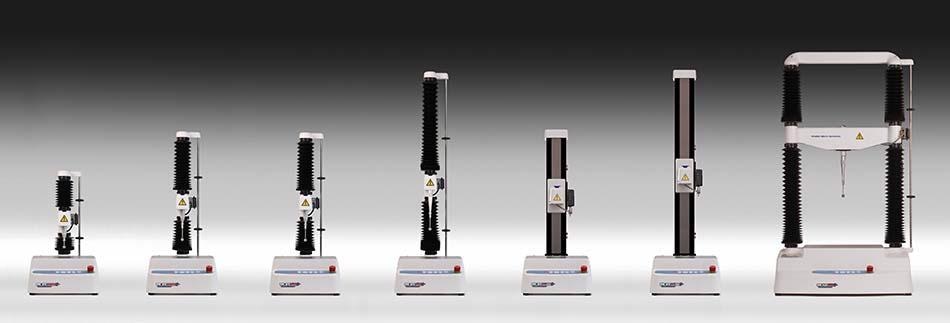In the food industry, enormous amounts of food waste and by-products are produced. Food processing accounts for 38 percent of this waste. It comes from a variety of places, including animal (hooves, feathers, blood, and whey) and vegetable sources (e.g. peelings, seeds, pomace, starch and juice). The ecosystem is harmed by the disposal of this vast volume of garbage because of its poor biological stability and microbial decomposition, significant nutritional value, and high concentration of organic chemicals, which may have a negative impact on the environment and human health. Food processing companies have low profit margins, and the added expense of waste processing is a significant disadvantage.

Image Credit: Stable Micro Systems Ltd
As a result, there is a strong incentive to cut down on waste. One way to do this is to make efficient use of by-products and reintroduce them into the production of new food products. This not only prevents waste from being dumped in landfills, but also allows for nutrient recycling by utilising their often beneficial textural or nutritional properties (polysaccharides, proteins, fats, fibres, flavour compounds, phytochemicals, and bioactive compounds), resulting in a more efficient and sustainable food supply chain.
It's not surprising that an increasing number of companies are finding out how to use by-products to make new food or other products, which not only reduces waste and helps feed the world's growing population, but also appeals to consumer values.
A Low-cost Solution to a Global Waste Problem
With today’s environmental issues how incredible would it be if the food waste material produced by one manufacturer could be converted by another manufacturer in order to use it as an ingredient in another. What is useless to one company/product is potentially valuable to another. These circular methods would turn food waste issues into a lucrative resource if food chains could realise the cost-saving motivation to map food waste scenarios and build by-product synergies with appropriate technologies. Food waste (by-products) can now be used to make new food items, a process known as "upcycling." For example, the maker of orange juice might previously have thrown away the orange peelings – now those peelings can be snapped up by another food manufacturer who can design them into a new cereal bar formulation and thereby creating a circular economy system. How about using brewer’s spent grain, spent expresso coffee granules or blackcurrant pomace in products such as cookies, muffins and bread?
Texture Problems Associated with Foods from By-products
Functional ingredients derived from industrial by-products have the potential to improve the nutritional value of many foods while also having health-promoting characteristics. By-product functional ingredients, on the other hand, have an impact on technological and sensory qualities. The goal is to replace common ingredients with reused materials without the user detecting a difference in texture.
When reformulating or altering a manufacturing process, texture can be varied by adding various or differing amounts of materials, and it must be measured. This is where texture analysis plays a great role in determining the impact of any textural alteration. Kelloggs and Tyson Foods, for example, are already global leaders in the industry, actively looking for ways to repurpose food waste materials and utilising texture analysis as a tool to gauge the success of their product development. When it comes to customer success, new start-ups in this field will rapidly realise that having a method to measure the texture of their finished product is critical.
How Texture Analysis Can Help in New Food Development from Upcycled Food
Instruments that measure the tensile and compressional properties of raw ingredients, individual materials, and finished products are made by Stable Micro Systems. It is critical to measure the textural features of food to ensure that they meet customer expectations. The end-product, like any other industrial innovation, must go through a quality control process to determine its mechanical (and sensory) qualities. A Texture Analyser is an important part of this process because it allows you to test products using a variety of compression, tension, extrusion, adhesion, bending, or cutting tests to determine their physical or textural properties, such as firmness, stickiness, crispiness, and compressibility, to name a few. Results of sample texture are displayed graphically and in spreadsheet form. Once your gold standard product is developed with the desired texture you can measure all future batches to check that you are manufacturing a product with a consistent texture to maintain consumer loyalty.

Image Credit: Stable Micro Systems Ltd
A range of Texture Analysers are available varying in maximum force capacity and height options suited to the requirements of the application.
A vast range of probes and fixtures can be attached to the instruments depending upon the product/material to be tested.
Examples of How Texture Analysers Have Been Applied to Upcycled Foods
A large amount of research in this area of upcycled food product development occurs in an academic context and often Texture Analysers are used for patent applications. Texture Analysers have assisted in the incorporation of unripe papaya into pancakes, brewer’s spent grain into chip products, potato peel into snack foods, spent coffee to create enriched muffins and green coffee parchment as an ingredient in gluten-free bread. Whether it’s finding a use for orange juice by-products or blackcurrant pomace there are opportunities to find a second purpose for these leftover ingredients whilst potentially fortifying new products with these nutritionally rich offerings.

Texture Analyser testing cereal bar firmness, chip crispiness, bread softness and pancake extensibility. Image Credit: Stable Micro Systems Ltd
The Future of Food with Upcycling
To meet the world's food requirements, we'll need two planets by 2030, and three planets by 2050! It's past time to take action. One of our generation's greatest challenges is figuring out how to feed nearly 10 billion people by 2050 without harming the earth - and what better way to do so than by smartly repurposing our waste materials. Texture analysis can assist you in selecting the right equipment for the task!

This information has been sourced, reviewed and adapted from materials provided by Stable Micro Systems Ltd.
For more information on this source, please visit Stable Micro Systems Ltd.